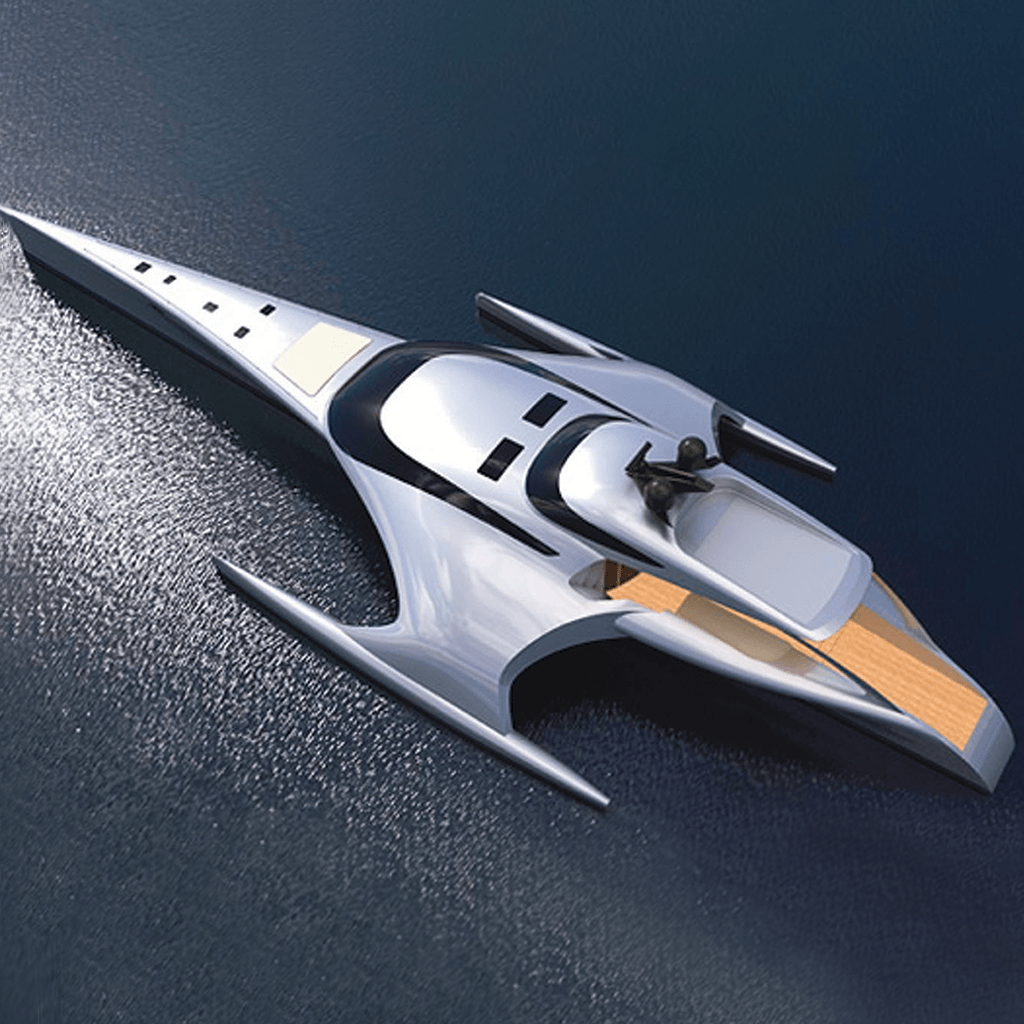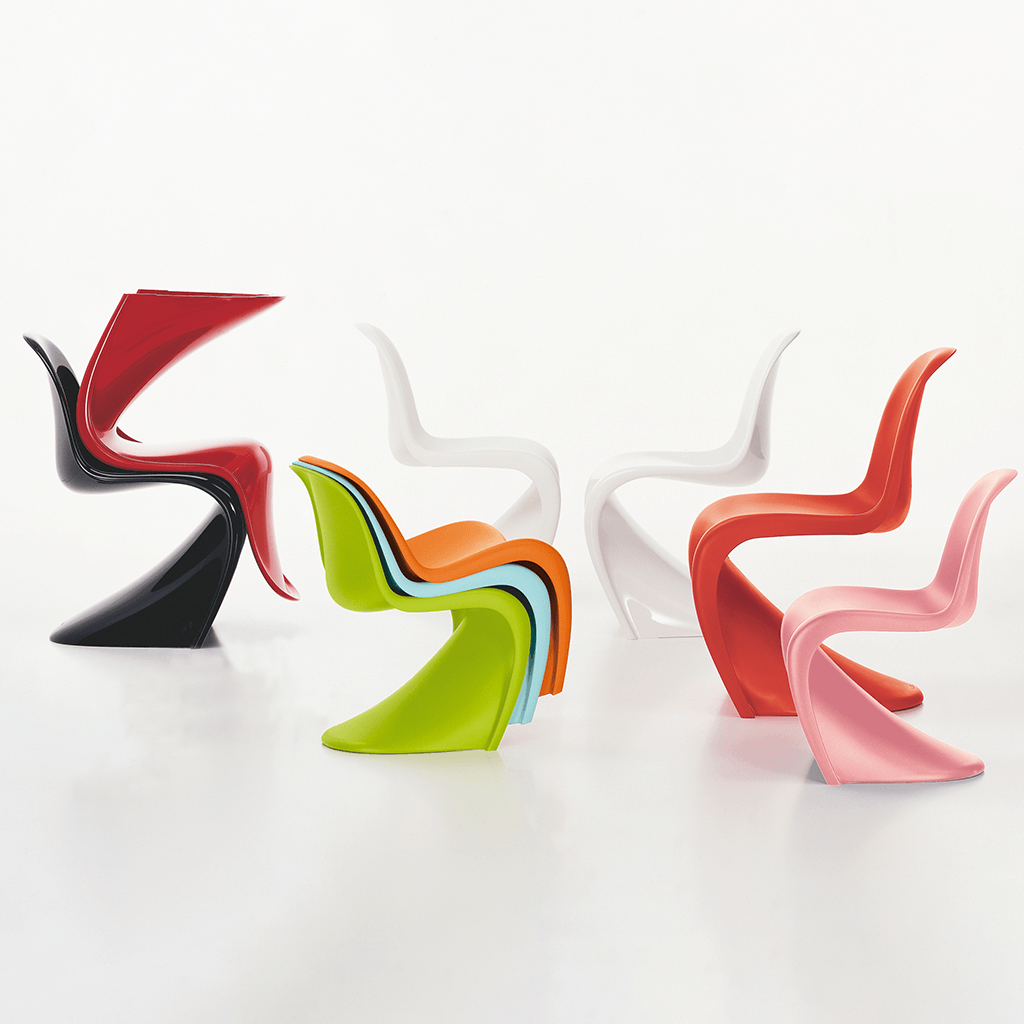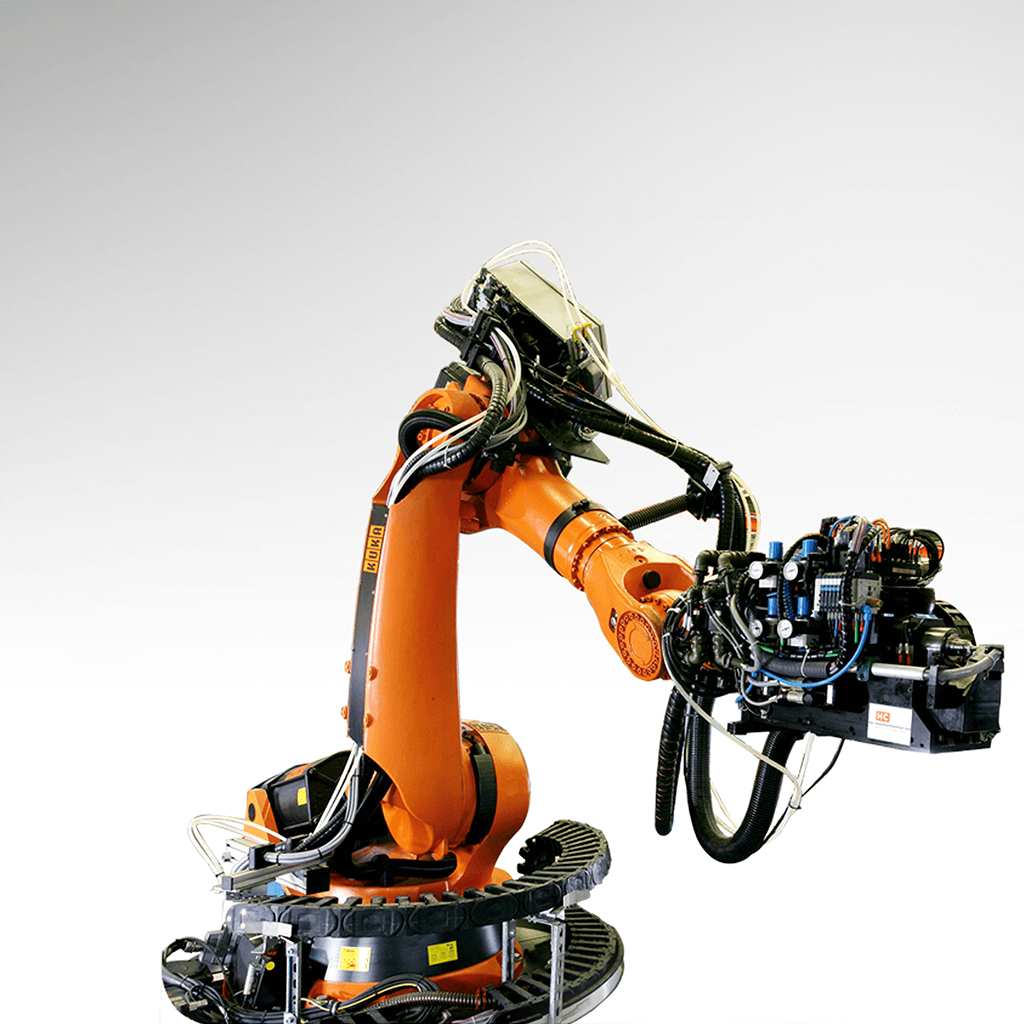Vartega teams up with MITO® to create a performance solution
By partnering with carbon fibre sustainability leader, Vartega, the MITO team was able to harness all the behind-the-scenes development engineering of a sustainability process to create a custom solution that is the first of its kind and bring a new product to market.

MITO develops solutions for material problems by creating new additives or adjusting their existing portfolio of hybrid additive products to fit your system. Their team works best with partners who are open and collaborative; partners who want to build something stronger together. They are able to do so by understanding customers’ processes and listening to their needs, diving into their markets, and then creating a combined material that delivers on all of the lab promises in the real-world.
By partnering with carbon fiber sustainability leader, Vartega, the MITO team was able to harness all the behind-the-scenes development engineering of a sustainability process to create a custom solution that is the first of its kind and bring a new product to market.
Sustainable teamwork
Vartega developed a relationship with MITO over a period of several years, starting in 2018 during a competition at SAMPE. The North America Society for the Advancement of Material and Process Engineering (SAMPE) is the leading conference and exhibition on advanced materials and processes, specializing in composite materials for high-performance applications. MITO and Vartega began looking for collaboration opportunities.
“I’ve known Haley and Kevin since 2018. When I first met them at a SAMPE competition. We’ve just been in touch ever since, looking for opportunities to work together. Our business sets appeared to be potentially complementary,” notes Andrew Maxey, CEO of Vartega. “I was really impressed with their level of polish and maturity of their company. MITO really had their stuff together for what was initially a basic concept.”
“Since then, we’ve been talking about incorporating MITO’s materials into carbon fibre reinforced thermoplastics. The stars aligned this year and we finally had the capacity, infrastructure, and right formulation from MITO to combine with our recycled carbon fibre. So, this collaboration is really the culmination of several years of discussion and iteration around what it could be.”
“At SAMPE people kept saying, ‘MITO makes everything stronger and lighter and more durable – It would be really cool if you guys could do something with Vartega’s recycled carbon fibre, and then together you guys could change the world’,” stated Haley Keith, MITO’s CEO. “Then, in 2022, at the CAMX show, Andrew came over to me and said ‘We should do a booth together next year’. And I told him ‘I’m not doing a booth with you unless we have a product released’. That’s what put the timeline on developing a product that would support improved sustainability.”
Recycling in carbon fibre
Because carbon fibre manufacturing is an energy intensive process, waste diversion is a big factor in improving carbon fibre sustainability. Carbon fibre is typically made from polyacrylonitrile (PAN) precursor fibre that has been stretched and heated at high temperatures to first oxidize and then carbonize the material. These high temperatures coupled with PAN fibres traditionally coming from fossil fuels, means that carbon fibre has a considerable carbon footprint.
By diverting waste carbon fibre from landfill, Vartega resets the material’s embodied energy to zero. Vartega’s recycled carbon fibre is 95% less energy intensive than virgin carbon fibre.
Vartega incorporated MITO’s LIGRATM into their Fenix Fibre EasyFeed bundle products – now offered as Fenix Fibre+. Fenix Fibre+ supplies documented game-changing performance with recycled materials.
Creating mito ligra
Short for “liquefied graphene”, LIGRATM is an aqueous graphene-based solution with functionalized surface chemistry on top of the graphene that allows it to be suspended into water which provides superior dispersion and the ability to integrate into different chemistries that are more water- based such as coatings, emulsions, and sizing chemistries such as Vartega’s Fenix Fibre+.
Developing fenix fibre +
Vartega’s primary customers are thermoplastic compounders. These are the companies developing the materials and the formulations for their customers, which are injection molders, through to thermoplastic compounding, and the injection welders who are making the parts for injection molders and OEMs.
When Vartega started, they focused on recycling aerospace carbon fibre prepregs. Their original recycled carbon fibres were low density, fluffy, and difficult for customers to work with.
The team at Vartega did concepts and pilot projects with partners early on. The general feedback was, “This is really cool. The mechanical properties are good. The economics are good. We’re glad that it’s recycled but we can’t use this carbon fibre in our applications. The format’s not right.”
To address this, Vartega explored and developed alternative formats to improve handling. Ultimately, they landed on the EasyFeed BundlesTM now known as Fenix Fibre. The Fenix Fibre format is favorable because of the increased bulk density and unique geometry that allows the carbon fibre bundles to flow. This is critical for use in thermoplastic compounding and injection molded parts.
The thermoplastic compounding process requires mixing molten plastic pellets with carbon fibre in a twin-screw extruder. Vartega’s EasyFeed Fenix Fibre bundles are a drop in replacement to virgin carbon fibre. They are used with traditional loss-in-weight feeders and side stuffers.
As a result of the early customer feedback, Vartega’s core customer philosophy became “making materials that are easy to integrate into existing manufacturing processes.” Any new product Vartega developed with MITO had to fit that parameter. The development cycle with MITO and Vartega was key to understanding how Vartega’s process worked and where the best opportunities were for MITO to plug in. The determination was made that the best fit for a graphene additive was in the sizing chemistry. The chemistry is quite specific, and the MITO team tried multiple iterations of different types of graphene to determine the optimum size and morphology. The key requirement was that it would disperse well in the type of aqueous solution used in sizing.

As a result of the early customer feedback, Vartega’s core customer philosophy became “making materials that are easy to integrate into existing manufacturing processes.” Any new product Vartega developed with MITO had to fit that parameter. The development cycle with MITO and Vartega was key to understanding how Vartega’s process worked and where the best opportunities were for MITO to plug in. The determination was made that the best fit for a graphene additive was in the sizing chemistry. The chemistry is quite specific, and the MITO team tried multiple iterations of different types of graphene to determine the optimum size and morphology. The key requirement was that it would disperse well in the type of aqueous solution used in sizing.
Working with partners
The MITO team explored multiple surface chemistries to ensure that the carbon fibre and graphene additive would bond and work together. In the end, integrating the graphene additive directly into the sizing solution that was already being used was the best approach. MITO’s team sent samples of LIGRATM to Vartega to test in their system. The first trial yielded fantastic results. Third party testing showed a 50% improvement in elongation and a 37% improvement in impact toughness. The MITO/Vartega team knew they had a winner in Fenix Fibre+ at that point.
Fenix Fibre+ addresses the needs of the composites industry for thermoplastic applications. The easy-feed bundle format of Fenix Fibre+ makes it very easy to use as a drop-in replacement for virgin fibre. That makes it that much more accessible for those applications. Manufacturer’s that have been running virgin carbon fibre can now process Fenix Fibre+ without any changes.
Sustainability impacts of lightweighting
With a higher performing material, you may decide to use less material to achieve the same strength. The less material you use, the less weight being added to that component thereby reducing the weight of whatever the part goes into. For automotive applications, the weight reduction is significant.
Material emissions reductions
Did you know for every kilogram of carbon reinforced composite made, an average of 46 kilograms of CO2 are made? With the use of Fenix Fibre+, that number would drop to 27.6 Kilograms of CO2 – a 50% reduction in material emissions.
“MITO additives mean we’re making materials stronger and more durable, we have the possibility of making things lighter,” notes Keith. “The MITO team is also optimizing processing and efficiency timing, which is creating a more sustainable manufacturing environment by utilizing less energy. And Fenix Fibre+ is sustainable – it’s made from recycled fibres and LIGRATM graphene which is derived from carbon neutral processing. It ties the whole value chain of sustainability all together through two points of sustainability. We’re very excited to explore additional plastics chemistry on the top half of the plastics pyramid with Vartega.”
The results
- 9% improvement in tensile strength
- 50% improvement in elongation
- 18% improvement in flexural strength
- 16% improvement in izod notched izod impact
- 37% improvement in unnotched izod impact
Meet Vartega at JEC World 2024, hall 6, booth P52.











